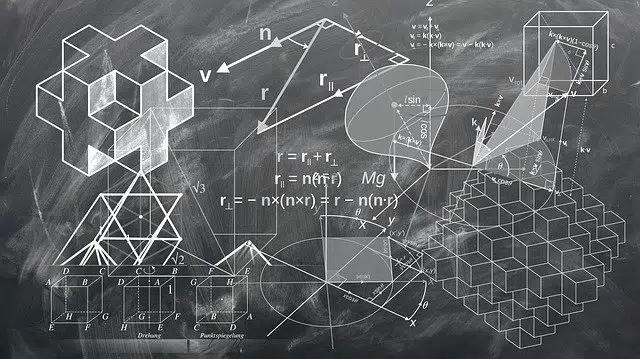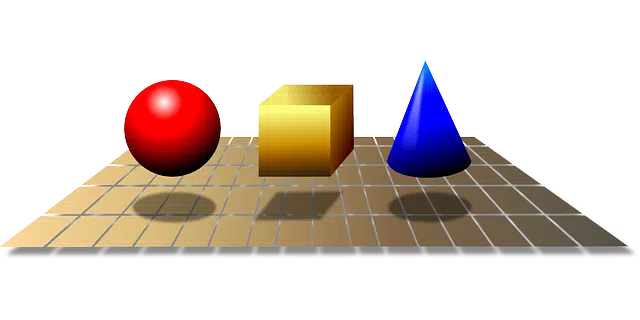
Geometry is a scientific discipline with a great history.
Geometry is a part of mathematics that is responsible for studying the properties and measurements of a figure on a plane or in space . To represent different aspects of reality, geometry appeals to so-called formal or axiomatic systems (composed of symbols that are joined together respecting rules and that form chains, which can also be linked to each other) and notions such as lines, curves and points, among others. others.
A science of great antiquity
It must be made clear that geometry is one of the oldest sciences that exist today since its origins have already been established in what was Ancient Egypt. Thus, thanks to the works of important figures such as Herodotus or Euclid, we have known that since time immemorial it was highly developed as it was fundamental for the study of areas, volumes and lengths.
Likewise, we cannot ignore that one of the historical figures who have contributed most to the development of this scientific area is the French mathematician, philosopher and physicist René Descartes. And this proposed the development of geometry in a way in which the different figures could be represented through equations.
Geometry and mathematics
This discipline becomes one of the main keys to the subject of Mathematics in the different educational centers and at the different educational levels. Thus, both in Primary and Secondary, for example, lessons are developed that revolve around it.
Specifically, among the units that deal with this subject, those that allow the student in question to learn all the necessary knowledge about the elements of the plane, polygons, triangles , translations and turns, similarity or areas and volumes stand out. of geometric bodies.

Geometric bodies are three-dimensional figures.
Thus, for example, when developing this last lesson mentioned, students will work on what is the prism, the cylinder, the tetrahedron , the sphere, the cube or the trunk of the pyramid.
Geometry is based on axioms (the propositions that are responsible for relating concepts); These axioms give rise to theories that, using instruments of this discipline such as the protractor or the compass , can be verified or refuted.
The different currents
Among the different currents of geometry, algorithmic geometry stands out, which uses algebra and its calculations to solve problems linked to extension.
Descriptive geometry , for its part, is dedicated to solving space problems through operations that are carried out on a plane where the figures of solids are represented.
Analytical geometry is responsible for studying figures based on a coordinate system and the methodologies of mathematical analysis.
Finally, we can group three branches of geometry with different characteristics and scope. Projective geometry is responsible for the projections of figures on a plane; The geometry of space focuses on figures whose points do not all belong to the same plane; while plane geometry considers figures that have all of their points in a plane.
